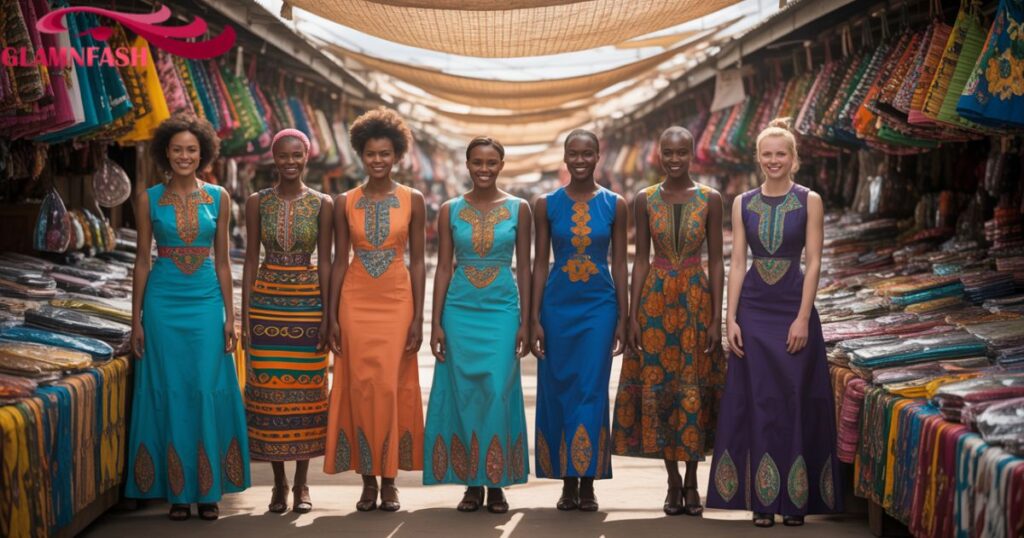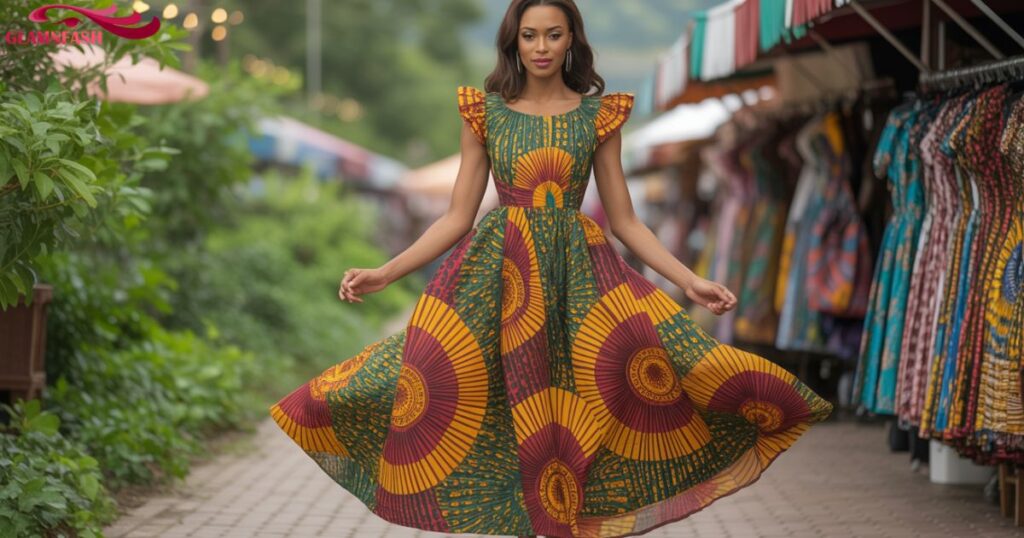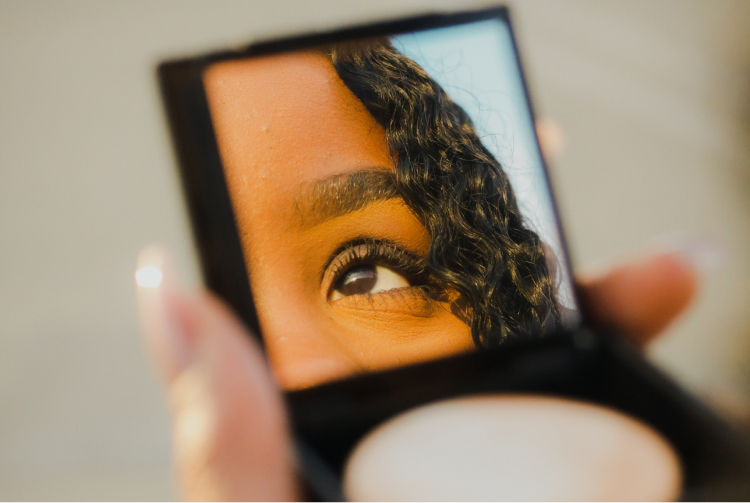When it comes to celebrating heritage through fashion, dresses for women African are more than just style—they’re storytelling in fabric. From Ankara prints to kente cloth, each pattern carries deep cultural meaning and artistic flair.
These dresses blend tradition with modern trends, making them perfect for everything from casual outings to elegant events. Whether you’re embracing your roots or discovering African-inspired fashion, these garments offer beauty, comfort, and a powerful statement.
Explore the elegance of Dresses for Women African the charm of tribal print styles, and the timeless grace found in every stitch. It’s fashion that connects, empowers, and turns heads wherever you go.
…then you’re in the right place. Let’s talk about “dresses for women African”—not just clothes, but pieces full of story, color, and flair.
1. Why African Dresses Are More Than Just Clothes

Look around: Dresses for Women African-inspired fashion isn’t just a trend, it’s a movement. With roots stretching across the continent—Nigeria, Ghana, South Africa, Kenya, Senegal, and more—each region brings its unique magic:
- West African Ankara: bold, colorful prints that scream joy
- East African kitenge: vibrant, chartreuse, paisley, and geometric blends
- Southern African shweshwe: more muted colors, intricate patterns—like lace for everyday
When you choose “dresses for women African,” it’s about identity, storytelling, respect for heritage, and yeah—serious style points.
2. Key Styles of African Dresses You’ll Love
2.1 The Classic Ankara Wrap Dress
You know it. It wraps around, ties at the waist, and frees your form beautifully. Perfect for an evening out or a backyard barbecue. Lightweight cotton, bold Ankara print—sumptuous and comfy.
2.2 The Majestic Kente Gown
From Ghana, kente is the regal champion—geometric blocks of gold, green, black, and red. A one‑piece kente dress makes you stand tall. It’s church‑Sunday beauty, plus civic‑event chic.
2.3 East African Kitenge Maxi Dress
Loose, flowing, colorful—a kitenge maxi lets you dance through the day. It might mix floral and tribal, with a belt or sash for structure. Breezy but elegant.
2.4 Kaftan & Dashiki Dresses
Kaftans are oh‑so‑easy. Loose, relaxed, sometimes embroidered. Dashiki‑style kaftans give you that dash of West African royalty, but with sleeves and skirting. Try one for lounging—or walk‑into‑every‑room style.
2.5 Tailored Bubu Dresses
Nigerian-inspired Bubu dresses fall just below the knee or mid-calf, flowing straight down. Usually solid or with trims. So comfy—like wearing silk clouds.
2.6 Afro-Chic Sheath or Shift Dresses
Modern Afro-chic pieces take African prints and tailor them into a sheath or shift dress. Think professional but with character. The perfect mix of heritage and workplace polish.
3. What to Think About When Shopping
Fabric: Breathable, breathable, breathable!
African dresses shine in cotton—Ankara, bintag, even lace. But satin blends and georgette add luxe. If it’s hot where you live, go cotton. Fancy event? Try satin for that sheen.
Pattern Scale: Big and bold, or small and chic?
Large patterns pop, especially if you’re curvy. Small prints can be understated, but still lovely. Consider how busy your dress looks.
Fit Depth: From loose to fitted
Kaftans are flowy. Sheath dresses hug. Wrap styles? Adaptable. Choose based on the weather, occasion, and how you like to move. I wear sheath for work, but kaftan at home or casual hangouts.
Sleeves & Length: What suits your style
Cap sleeves can be hot. Long sleeves protect from sun. Mini, midi, maxi—it’s all style + comfort. Personally, I love midi dresses that skim calves—still polished and not workout clothes.
Neckline: Bold or understated?
Off-shoulder and deep v-necks catch the eye. Crew necks keep it modest. I mix it up depending on how big a statement I’m feeling.
4. Style Tips for Different Events
4.1 Casual Outings
My go-to? A printed Ankara midi dress, sandals, a denim jacket when it’s chilly. Less jewelry, big straw bag, sunglasses—effortless chic.
4.2 Work & Professional Settings
A sheath dress in African print, knee-length. Pair it with a blazer (solid color), closed-toe heels. Statement earrings to tie it all together.
4.3 Parties & Weddings
Bold maxi, dramatic flares, maybe a headwrap. Add heels, clutch, bold lips. Glam but still you.
4.4 Beach & Summer Hangouts
A flowy kaftan, large sun hat, espadrilles. Soft pockets for sunscreen and shades. Looks casual, feels like vacation.
4.5 Travel & Vacation
Convertible wrap dress you can wear multiple ways—turban, shawl, skirt. Easy-to-pack, lightweight prints.
5. Pairing Accessories with African Dresses
- Headwraps / Gele: Tie prints to your outfit. Try a matching or complementary headwrap—makes even a plain dress pop.
- Belts: Narrow or chunky—helps define your waist. Tan, gold, leather, Ankara-print belts.
- Jewelry: Bold beads, chunky bangles—go African bronze or brass. Or keep it simple with a gold chain and hoop earrings.
- Footwear: Kitten heels for class, flat sandals for ease, sneakers for street style.
- Bags: Woven straw bags, bead-embellished clutches, leather satchels.
6. Where to Find Authentic African Dresses
6.1 Artisan Markets
Look in your city for craft fairs or festivals. Local designers often bring fresh pieces you won’t see anywhere else.
6.2 African Boutiques (Online & Offline)
Stores focused on African fashion are goldmines. Go in, chat with the owner, feel the fabric—no guessing.
6.3 Handmade Sellers (Etsy & IG)
Search for sellers using keywords like “Ankara dress handmade” or “African print maxi dress.” You can often ask for custom sizing or unique patterns.
6.4 Cultural Pop-Ups & Fashion Shows
You’ll find bold, boutique-quality pieces made by Africans living around the world. Plus, you’re supporting creators.
6.5 Mainstream Stores
Some retailers carry Afro-inspired lines—in spring/summer. Quality may vary, but you might spot a hidden gem.
7. Caring for African Dresses
- Wash cold—prints bleed in hot water.
- Inside‑out—protects colors and patterns.
- Gentle cycle or handwash.
- Line dry in shade—to avoid color fade.
- Iron carefully—medium heat cotton setting. Steam first for creases.
- Store right—hang it or fold along seams to avoid creases.
8. Sustainability & Cultural Respect
Sourcing Ethically
Check where the fabric is made. Is it Fair Trade cotton? Are the artisans paid fairly? Support designers who value their makers.
Avoid Cultural Appropriation
We’re celebrating culture—not just using “the look.” Research the patterns you wear. Learn about their meaning. Show respect.
Upcycling & Vintage
Consider vintage pieces or second‑hand markets. Many African fabrics are timelessly beautiful.
9. Real Women, Real Stories
Aisha from Nairobi
“Saw an Ankara wrap dress, wore it to my cousin’s wedding, and felt incredible. People asked me where I got it.”
Tolu from London
“Custom kente gown at my graduation—instantly, my roots were part of the moment.”
Jenna from Atlanta
“Love my kaftan for summer get‑togethers—it’s comfy but never sloppy.”
These dresses aren’t just outfits—they’re confidence boosters, reminders of culture, conversation starters.
10. Quick Checklist When Shopping
- ✅ Fabric type: cotton, satin, blend?
- ✅ Fit type: wrap, sheath, kaftan, maxi?
- ✅ Pattern size & palette
- ✅ Event you’re dressing for
- ✅ Accessory match: headwrap, belt, jewelry
- ✅ Care instructions / machine‑washable?
- ✅ Price: does it match the quality?
11. Dressing African, Feeling Global
One of the coolest things? These dresses take you around the world. From African heritage to international runways—Ankara, kente, kitenge—they represent global joy. And on you, they speak your taste, your pride, your everywhere-you-go style.
FAQ (Because You Asked!)
Q: Can I wear Dresses for Women Africancasually?
A: Absolutely! Pair a midi dress with sneakers and a denim jacket. Done.
Q: Are they only for Black women?
A: Not at all! Anyone can wear them. Just wear with respect and understanding of the culture behind the pattern.
Q: What do Ankara patterns mean?
A: Many have names and stories—some symbolize family, work ethic, spiritual values. Google by name if you’re curious.
Q: Do they shrink?
A: Cotton dresses can. Wash cold and line dry to minimize that risk.
Q: Is tailoring expensive?
A: Often it’s reasonable—around $20‑30 for alterations. Plus you get that perfect fit.
Q: Are these styles seasonal?
A: Some prints are year-round; florals for summer, deeper tones for winter. Many sellers release new prints seasonally.
Welcome to our blog. We encourage you to contact us. Contact us


